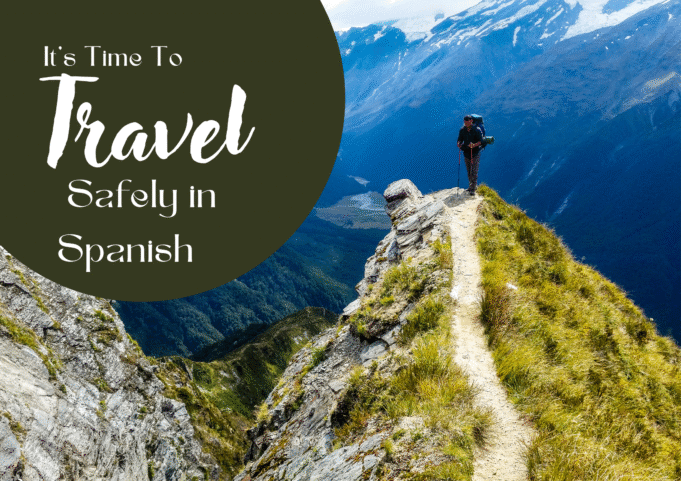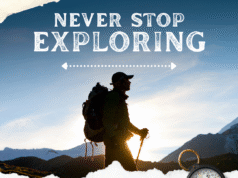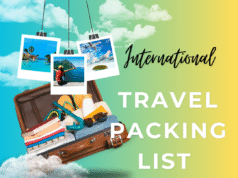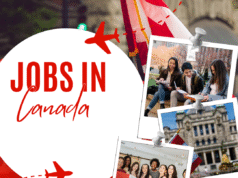If you are planning to explore Spain, Mexico, or any other Spanish-speaking destination, one of the first things to learn is how to travel safely in Spanish. Safety is a top priority for travelers, and knowing essential Spanish travel phrases, cultural etiquette, and local tips can make your trip not only more enjoyable but also more secure. This comprehensive guide will teach you how to stay safe, communicate effectively in Spanish, and navigate foreign environments with confidence.
Whether you’re an adventure traveler heading to South America, a student studying abroad, or a family on vacation, this article will equip you with the tools and knowledge needed to keep your journey smooth and safe.
Why Learning to Travel Safely in Spanish Matters
Spanish is the second-most spoken language in the world by native speakers, with over 480 million people using it as their first language. Traveling to Spanish-speaking countries without knowing how to communicate in critical safety situations can put you at risk. By learning simple words and phrases, you can ask for help, avoid scams, and navigate unfamiliar places with confidence.
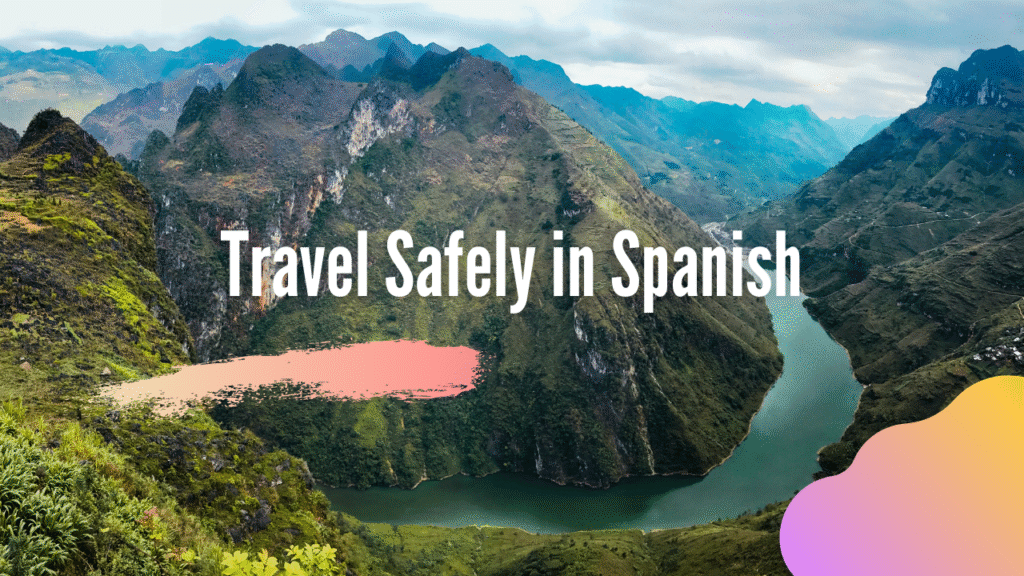
How to Travel Safely in Spanish – Key Strategies
Learn Essential Safety Phrases in Spanish
Knowing how to communicate emergencies and ask for directions in Spanish can save you in stressful moments. Some examples:
- Ayuda, por favor (Help, please)
- ¿Dónde está la policía? (Where is the police?)
- Necesito un médico (I need a doctor)
- Estoy perdido/a (I am lost)
- Guarde mi equipaje, por favor (Please watch my luggage)
Research Local Safety Guidelines
Every Spanish-speaking country has different rules. For example, public transport in Madrid is safe but requires pickpocket awareness, while Mexico City has neighborhoods travelers should avoid at night.
Blend in with Locals
Avoid standing out as a tourist by dressing modestly and respecting cultural norms.
Common Safety Risks While Traveling in Spanish-Speaking Countries
Pickpocketing and Theft
In popular tourist areas like Barcelona’s Las Ramblas or Buenos Aires subway, pickpockets are common.
Transportation Safety
Only use official taxis or ride-sharing services. Learn phrases like:
- ¿Es un taxi oficial? (Is this an official taxi?)
- Lléveme al aeropuerto, por favor (Take me to the airport, please).
Food and Water Safety
In regions of Central America, avoid tap water unless it is labeled potable.
Natural Hazards
If hiking in Andes mountains or beaches in Costa Rica, learn safety words like peligro (danger) and prohibido nadar (swimming prohibited).
Travel Safely in Spanish With Technology
Translation Apps and Offline Maps
Apps like Google Translate allow voice translation offline.
Emergency Numbers in Spanish Countries
- Spain: 112
- Mexico: 911
- Argentina: 101 (police), 107 (medical emergency)
Save Local Embassy Contacts
Embassies provide assistance in emergencies like theft or loss of passports.
Essential Vocabulary to Travel Safely in Spanish
| English Phrase | Spanish Phrase |
| Help! | ¡Ayuda! |
| I need a doctor | Necesito un médico |
| Call the police | Llame a la policía |
| Where is the hospital? | ¿Dónde está el hospital? |
| I lost my passport | Perdí mi pasaporte |
| Be careful | Tenga cuidado |
| Is it safe here? | ¿Es seguro aquí? |
Learning these phrases builds confidence and ensures you travel safely in Spanish.
How Do Locals Help You Travel Safely in Spanish?
Asking for Directions Safely
Phrases like ¿Cómo llego a la estación de tren? (How do I get to the train station?) reduce confusion.
Emergency Situations
Locals in Spanish-speaking countries are generally helpful if you show respect and try speaking their language.
Travel Safely in Spanish for Students and Solo Travelers
Study Abroad Programs
Students in Spain, Mexico, or Chile must learn basic Spanish safety phrases before traveling.
Solo Female Travelers
Using apps like Cabify (Spain/Mexico) adds a layer of safety.
Budget Backpackers
Stay in hostels with verified reviews. Learn phrases like ¿Dónde está el hostal más cercano? (Where is the nearest hostel?).
Travel Safely in Spanish by Region
Spain
- Avoid carrying wallets in back pockets.
- Learn to say: ¿Dónde está la comisaría más cercana? (Where is the nearest police station?).
Mexico
- Use authorized taxis only.
- Always ask: ¿Cuánto cuesta? (How much does it cost?).
South America (Argentina, Peru, Colombia)
- In Colombia, use registered taxis.
- In Peru, say: Tengo una reserva en este hotel (I have a reservation at this hotel) to avoid scams.
Resources to Help You Travel Safely in Spanish
- Check Lonely Planet Travel Safety for detailed global safety tips.
- Use government travel advisories before departure.
Cultural Etiquette for Traveling Safely in Spanish
Respect Local Customs
Politeness opens doors. Saying buenos días (good morning) is basic but powerful.
Dining Etiquette
In Spain, meals are late; avoid looking vulnerable by walking alone at night after dinner.
Travel Insurance – A Must for Safe Spanish Travel
Insurance covers theft, illness, or cancellations. Always carry your insurance card and know how to say:
- Tengo seguro de viaje (I have travel insurance).
Conclusion – How to Travel Safely in Spanish
So, how do you travel safely in Spanish? The answer is preparation, language skills, cultural awareness, and using the right resources. From learning emergency Spanish phrases to blending in with locals, every step you take improves your safety abroad. By practicing these tips and using guides like ABXPL, you can explore Spanish-speaking countries with confidence, security, and peace of mind.

